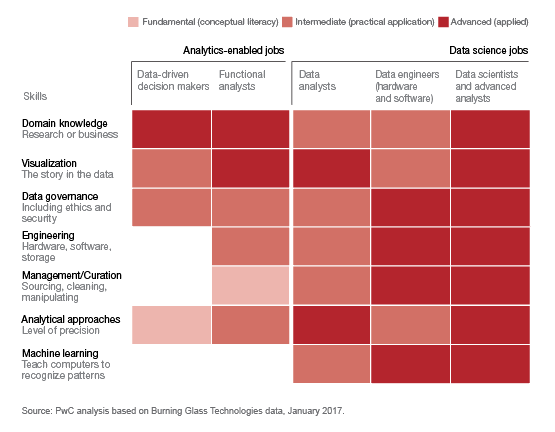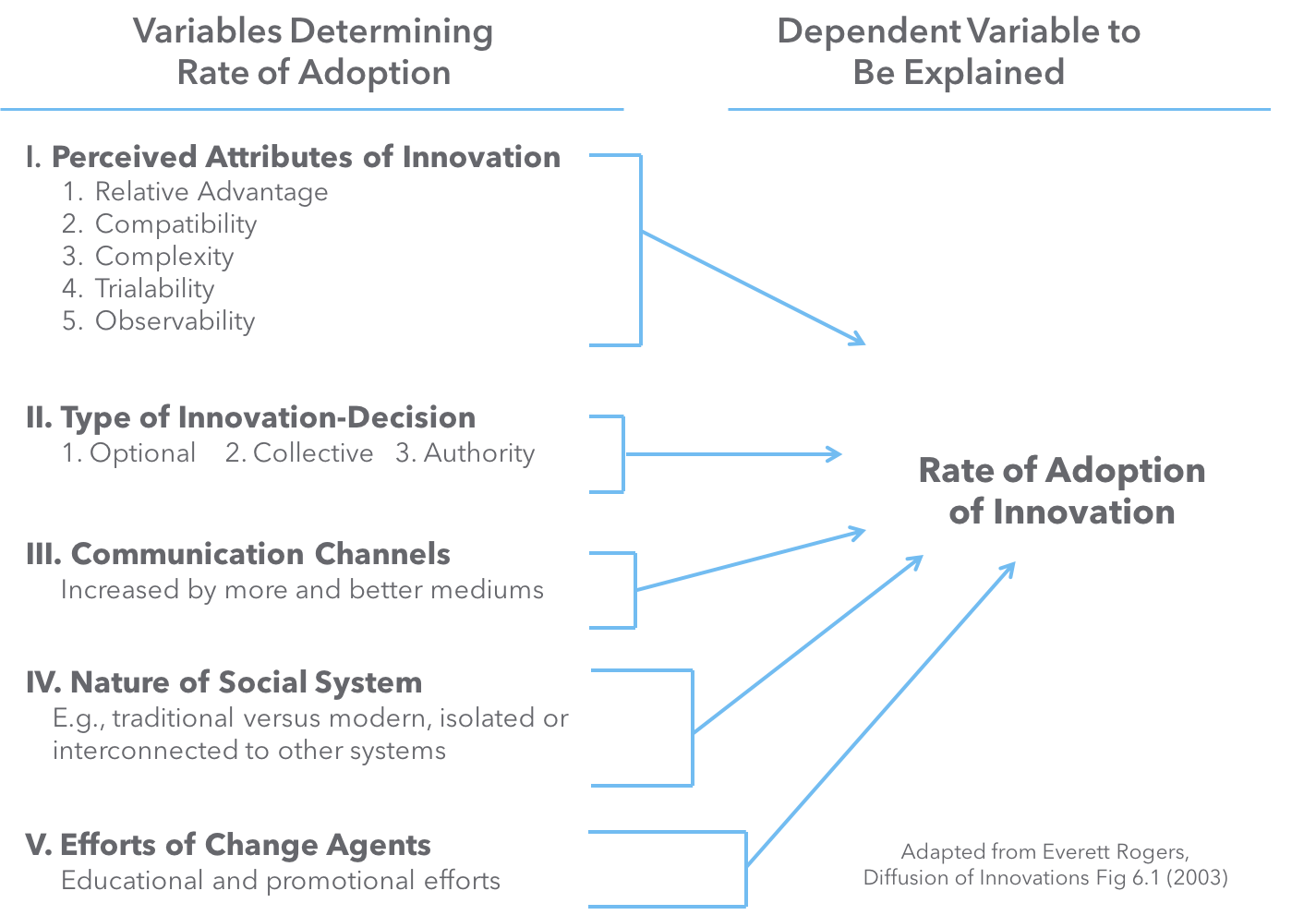“Everything should be made as simple as possible, but not simpler.” — Albert Einstein
The members of the Delta Model working group imagine a world, not too far off, where law schools, legal employers and clients all share a common touchstone for lawyer development. For the last two years, we’ve been working on such a touchstone, which we call the Delta Model. Our current version is expressed in the graphic above. Continue Reading The Delta Model: simple, accurate, versatile (125)




















